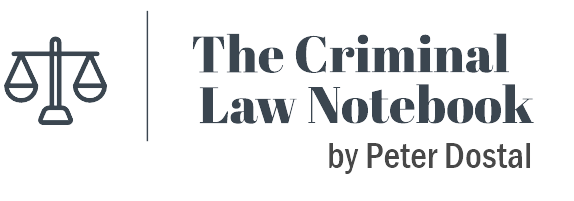Regulatory Offences (Sentencing)
| This page was last substantively updated or reviewed January 2016. (Rev. # 98373) |
General Principles
Sentencing of corporate offenders for regulatory offences should consider:
- the conduct, circumstances and consequences of the offence,
- the terms and aims of the relevant enactment or regulation, considered in the larger context of comparable regulation and legitimate corporate functioning in the relevant areas, and
- the participation, character and attitude of the corporation offender, considered in the larger context of corporations engaged in relevant industrial or business activity,
all with a view of identifying the aggravating and mitigating factors. [1]
For the most part, the enforcement of the violated regulations can be achieved by the imposition of fines.[2]
The primary objective of the fine is deterrence.[3]
The amount of a fine will be determined based on factors including:[4]
- the size of the company involved,
- the scope of the economic activity in issue,
- the extent of actual and potential harm to the public,
- the maximum penalty prescribed by the statute,
- the need to enforce regulatory standards by deterrence.
- ↑
R v General Scrap Iron & Metals Ltd., 2003 ABQB 22 (CanLII), 5 WWR 99, per Watson J, at para 35
- ↑ R v Cotton Felts Ltd., 1982 CanLII 3695 (ON CA), 2 CCC (3d) 287, per Blair JA, at pp. 294-295 ("To a very large extent the enforcement of [regulatory] statutes is achieved by fines imposed on offending corporations.")
- ↑
see discussion R v Canadian Consoli, 2013 ABPC 120 (CanLII), 560 AR 382, per Walter J, at para 10
- ↑ Cotton Felts Ltd., supra
Occupational Health and Safety
The purpose of a OHSA regime is to "promote a health and safety system that relies on the internal responsibility and voluntary compliance of individual employers." The employees are best protected when employers ensure that there are procedures to prevent accidents.[1]
- Objectives of Sentencing
The primary object of sentencing is deterence.[2]
- Mitigation
The use of statutorily required compliance is not mitigating as it rewards an employer "for action that it should have taken before an accident happened creates an incentive to put off compliance."[3] By fixing things after an incident does not amount to "doing the right thing" and ought not be rewarded for mere compliance.[4]
- Creative sentencing options
Federal regulatory offences are enforced by parts of the criminal code which permit was is referred to as "creative sentencing" options.[5] Provincial regulatory offences have been found to permit "creative sentencing" provision through the Criminal Code as well.[6]
- ↑ Ontario (Labour) v Flex-N-Gate Canada Company, 2014 ONCA 53 (CanLII) at para 21
- ↑
Regina v. Cotton Felts Ltd. (1982), 1982 CanLII 3695 (ON CA), 2 CCC (3d) 287., p. 294 (CCC)
R. v. New MexCanada Inc., 2019 ONCA 30 (CanLII) - ↑ Flex-N-Gate at para 23
- ↑ Flex-N-Gate at para 30
- ↑ R. v. Maple Lodge Farms, 2014 ONCJ 212 (CanLII), at para 40, <https://canlii.ca/t/g6q54#par40>
- ↑
R. v. The Royal Canadian Mounted Police, 2018 NBPC 1 (CanLII), at para 3, <https://canlii.ca/t/hqzdj#par3>
